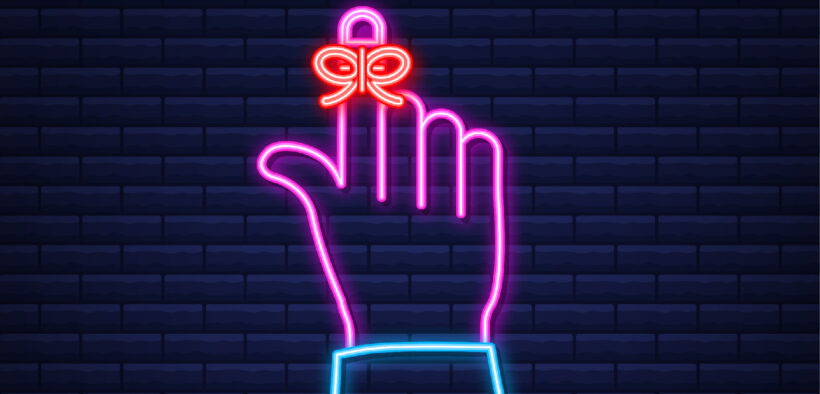Many students fail in their studies not due to lack of ability but rather because of poor behaviors that undermine their learning (procrastinating, spending time on social media rather than paying attention in class, etc.). Digital communication now allows faculty to address these behaviors by sending nudges through the learning management system or outside apps. These nudges have the potential to increase the likelihood of student success within a course and cultivate habits that sustain students in their future courses and careers.
Related Articles
I have two loves: teaching and learning. Although I love them for different reasons, I’ve been passionate about...
Active learning is a mostly meaningless educational buzzword. It’s a feel-good, intuitively popular term that indicates concern for...
Perhaps the earliest introduction a student has with a course is the syllabus as it’s generally the first...
Generative AI allows instructors to create interactive, self-directed review activities for their courses. The beauty of these activities...
I’ve often felt that a teacher’s life is suspended, Janus-like, between past experiences and future hopes; it’s only...
I teach first-year writing at a small liberal arts college, and on the first day of class, I...
Proponents of rubrics champion them as a means of ensuring consistency in grading, not only between students within...









